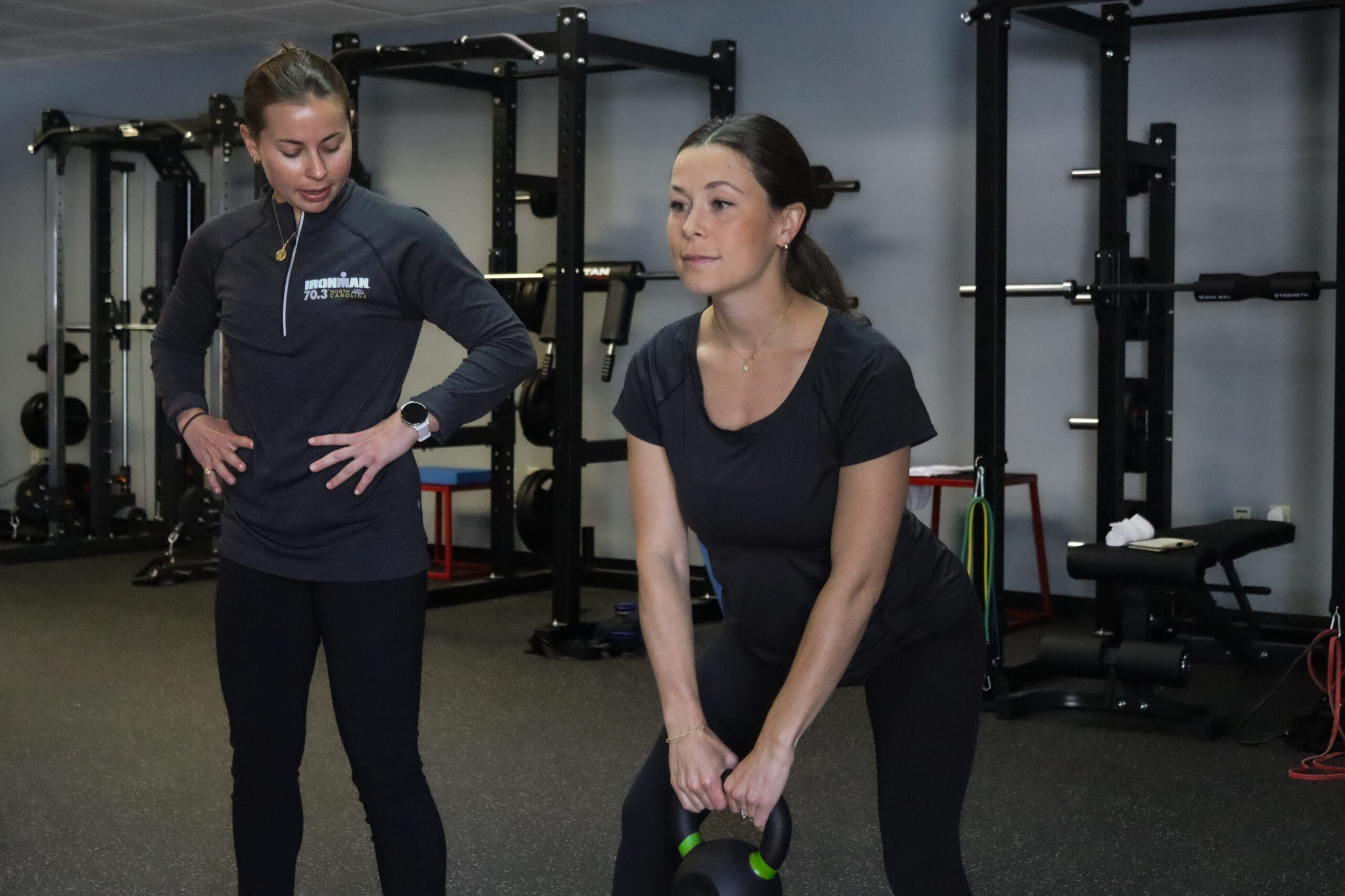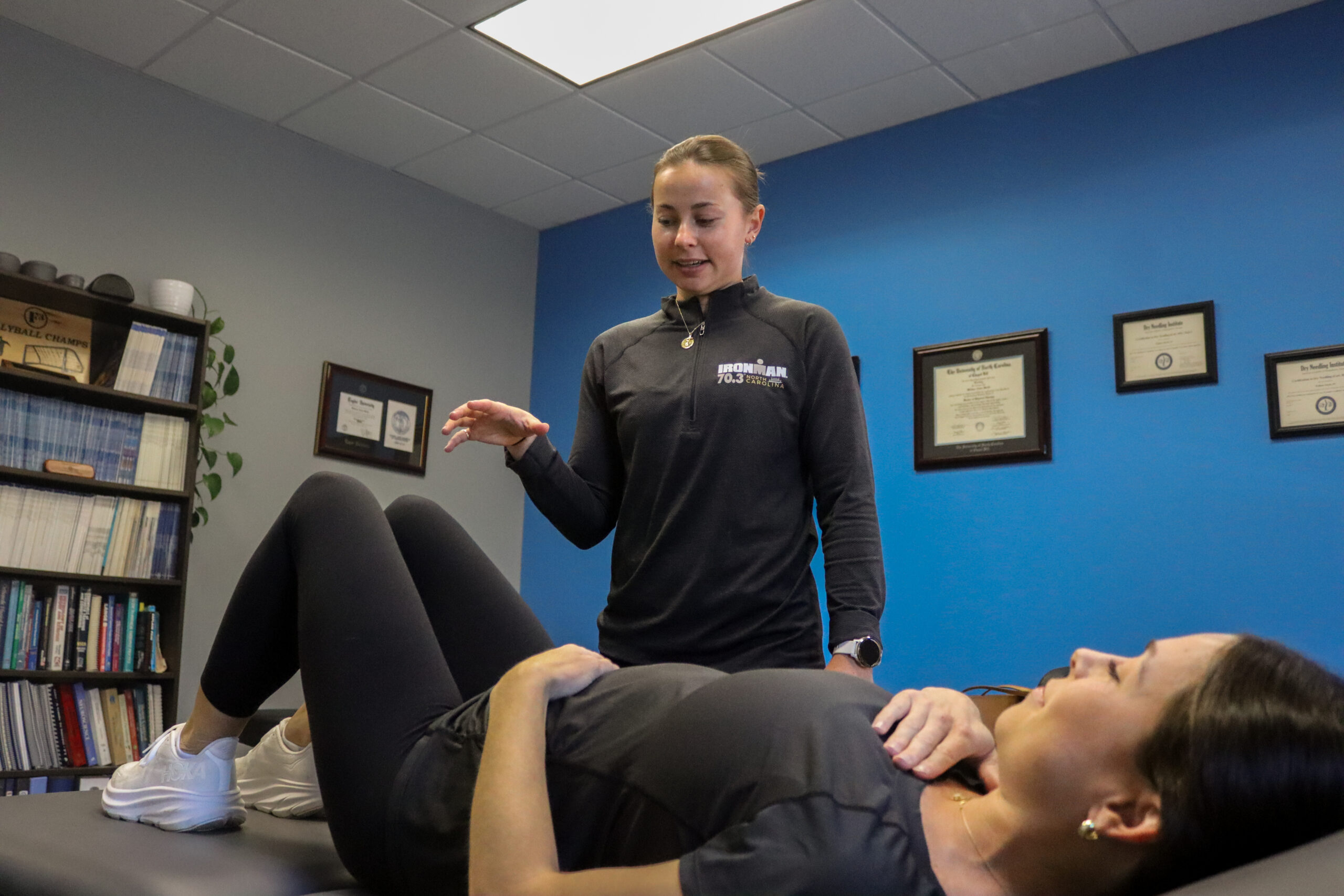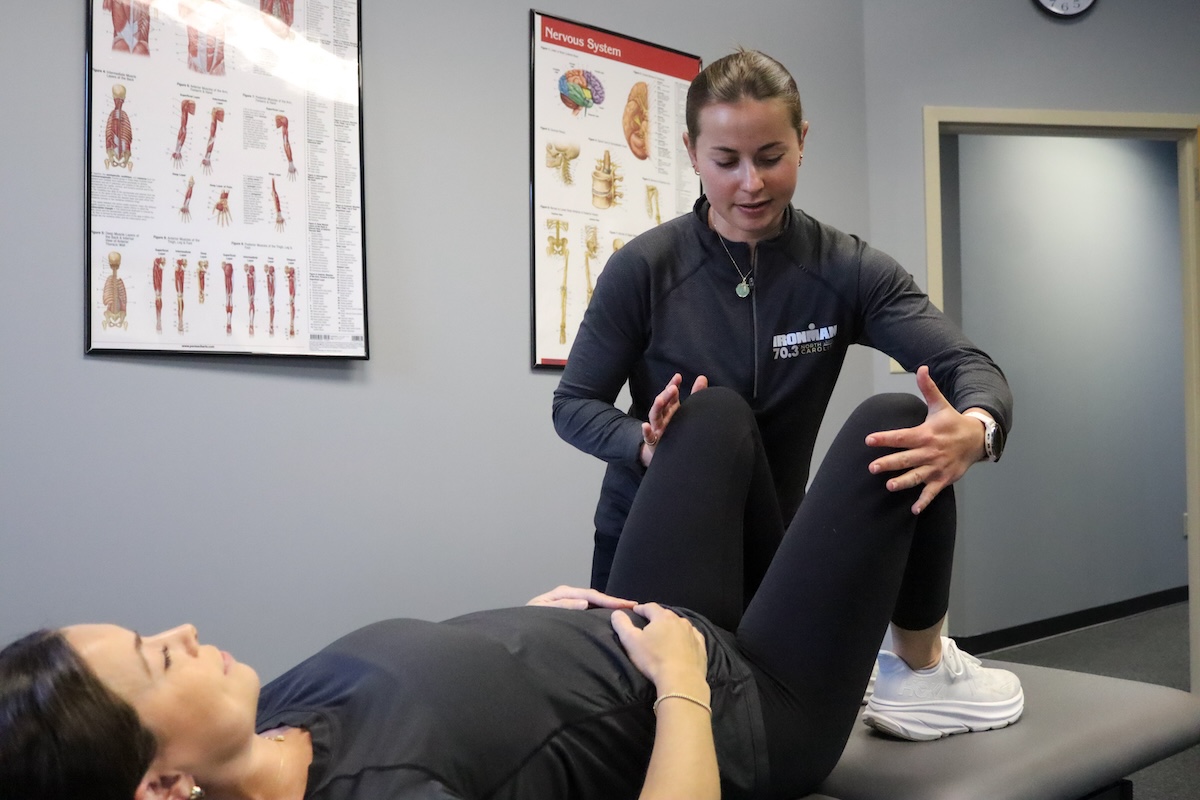


We Help with the Issues
“Down There”
We are here to make you comfortable with those often uncomfortable issues. Pelvic health physical therapy can treat a wide range of conditions, so you can move the way you want to move. There’s no such thing as TMI!
I RECOMMEND MIRANDA TO ALL OF MY FRIENDS THAT ARE PREGNANT!
“I started going to Miranda at the beginning of my third trimester because I had heard great things about pelvic floor therapy for the recovery process after birth. She helped with pelvic floor exercises I could do during the most uncomfortable weeks (third trimester), different labor positions, and was super informative answering any questions I had since this was my first time being pregnant. When I tell people that I only had to push for 1 minute, they are shocked but I swear it’s because of all the work Miranda and I did leading up to delivery! She’s so sweet, knowledgeable, understanding, and hilarious! I will definitely be going back to her with my next pregnancy.”
KAYLYN
What to Expect When You are Expecting
Congratulations, you have a baby on the way! You did the fun part, but now comes the hard part. You’ve heard too many women say “If only I’d known …”. Luckily, you don’t have to be one of them. Let’s be proactive during your pregnancy journey to prepare your body for birth and facilitate recovery.
Prenatal
Two Sessions between 30-36 weeks
WHAT YOU’LL LEARN:
Common birth injuries and how to avoid them
The stages of labor
Proper pushing mechanics
How to prep the pelvic floor for birth
Perineal massage and other relaxing techniques
What to do in the weeks/days leading up to birth
What to expect in the hospital
Postpartum
One Session after 6 week follow-up with your OB
WHAT YOU’LL EXPERIENCE:
Check on functional concerns post-birth
Strength and range of motion assessment
Address concerns with lifting mechanics, daily living activities, and managing time as a new mother
Address goals and plan for return to sport/exercise/prior activities
